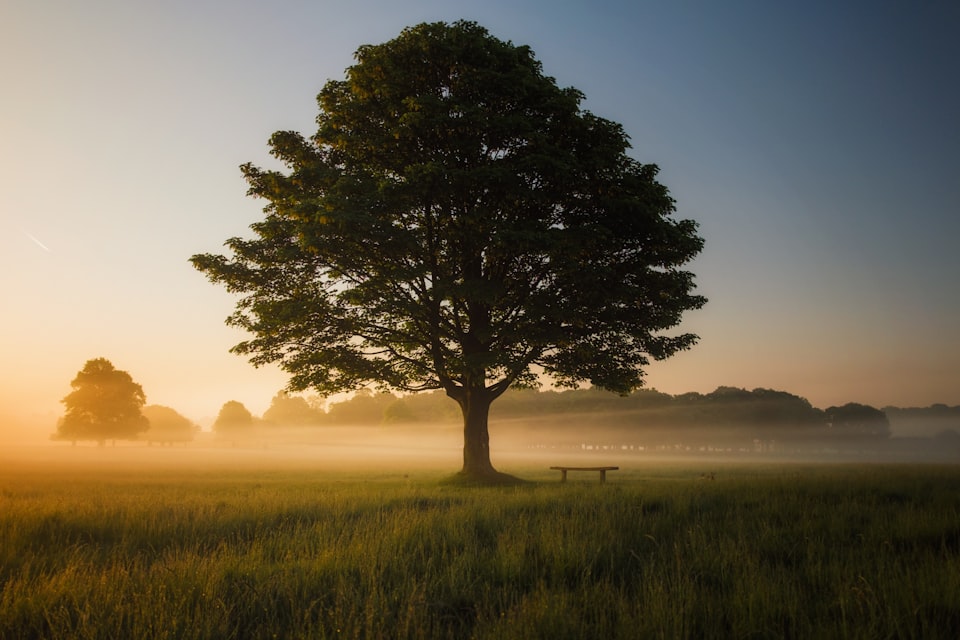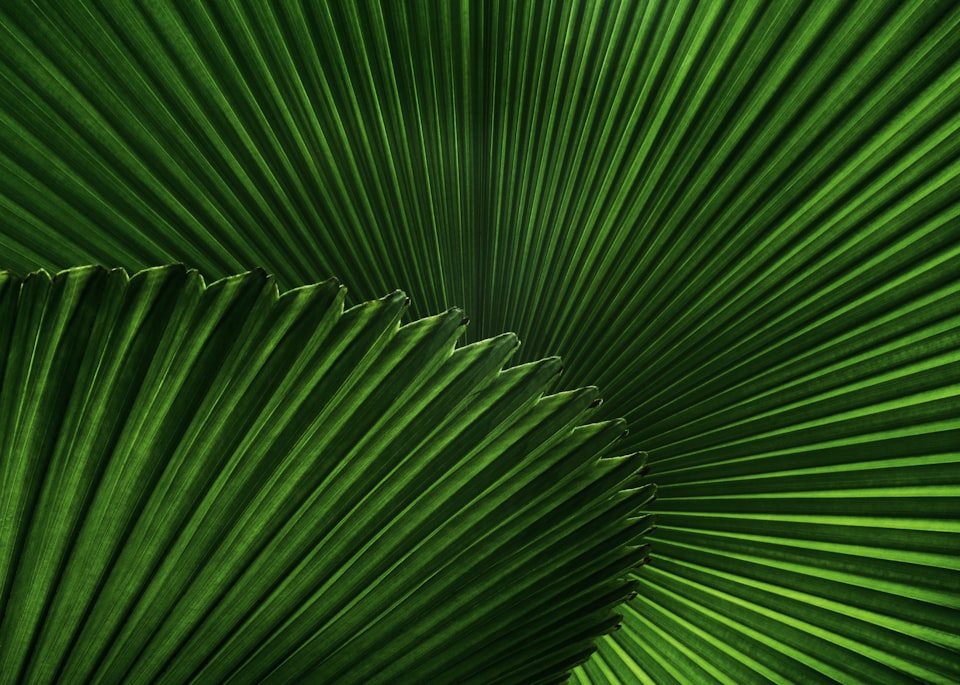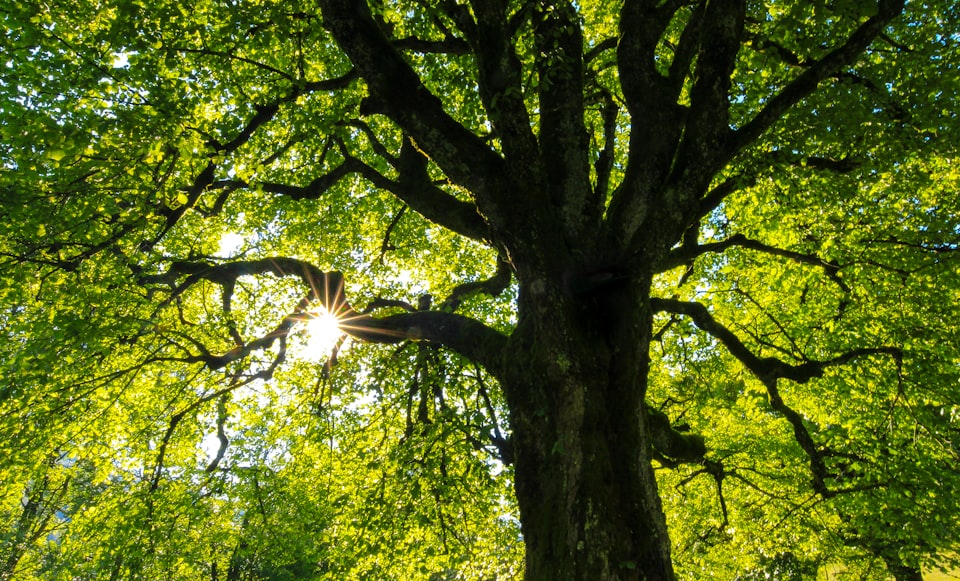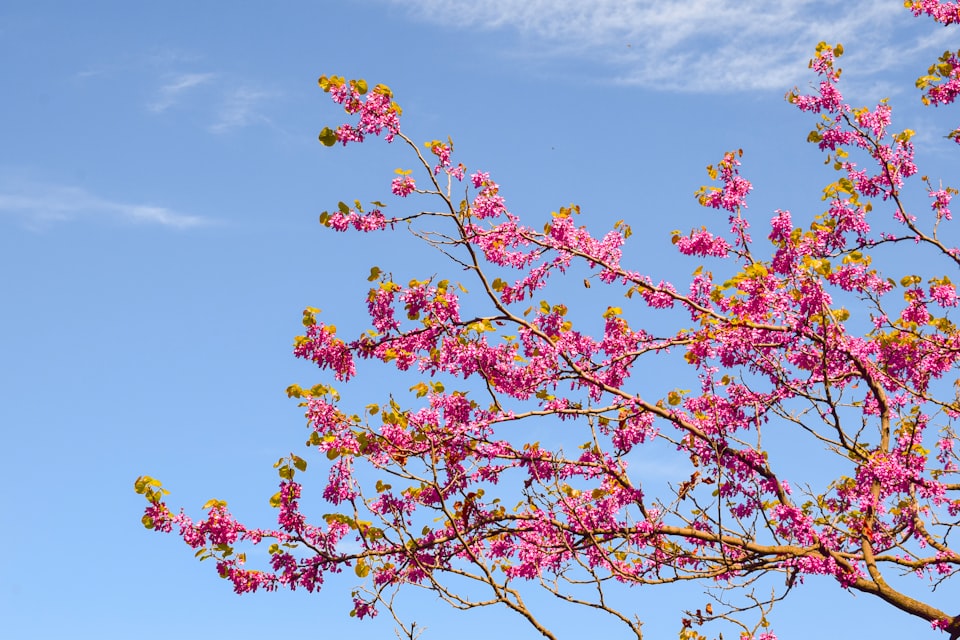III: Cedar
There is no tree closer to the gods than a true cedar.
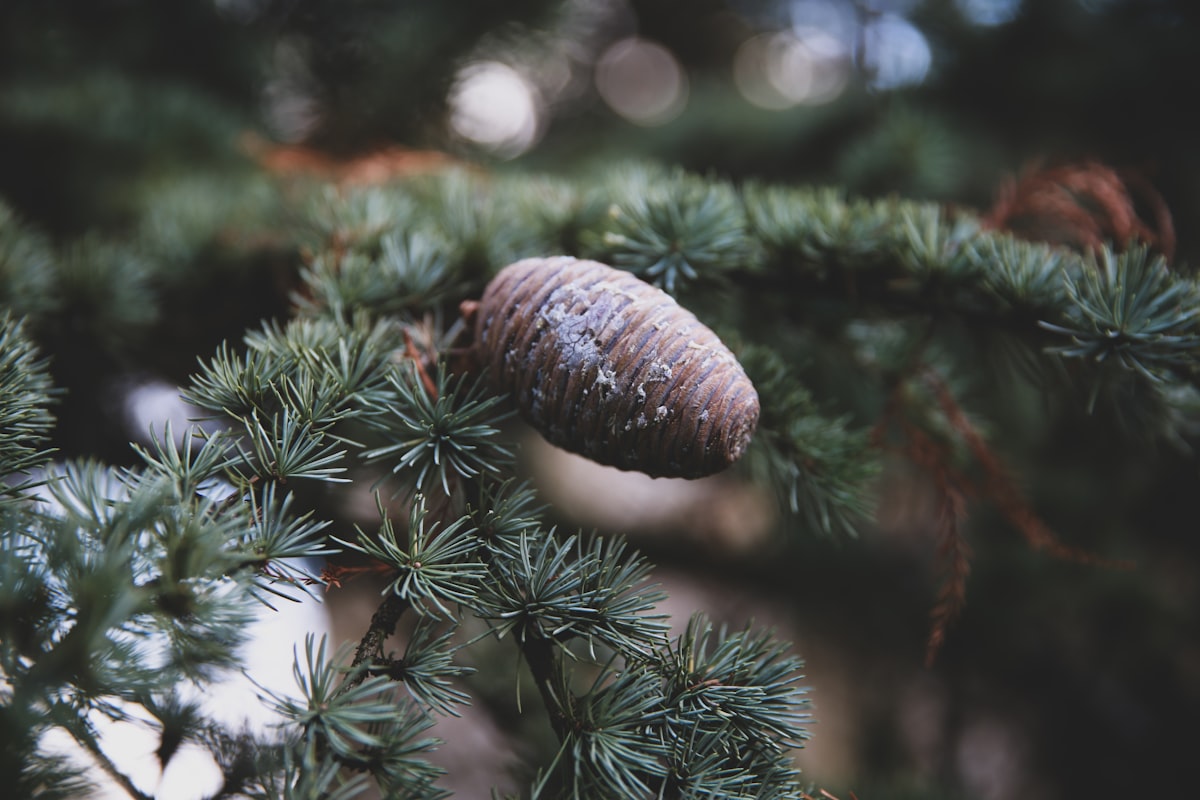
Good morning. Today is tridi, the 13th of Frimaire, Year CCXXXI. We celebrate le cèdre, a tree that loves mountains.
I suppose it's only natural that a tree capable of growing so tall at such high elevations would come to be associated with gods. The fact that cedars only seem to grow where world religions were born certainly doesn't hurt.
One of the oldest cedar-based god myths concerns the forests of modern-day Lebanon, which the supreme Sumerian god Enlil sent demi-gods to defend against human harvesting, but, led by Gilgamesh, the humans won the battle and the forest was believed to have been denuded 4,700 years ago, only to slowly regrow under Enlil's even more watchful and protective eye. All the stories of the so-called Cedars of God in Lebanon follow a similar pattern from there – veneration followed by overharvesting to near extinction, which spurs a new round of veneration.
We happen to be at a nadir in the cycle now, where only extremely dedicated caretakers can save the cedar from extinction in Lebanon now. Lebanon, the country whose very flag features a mighty silhouette of a cedar on its heart.
